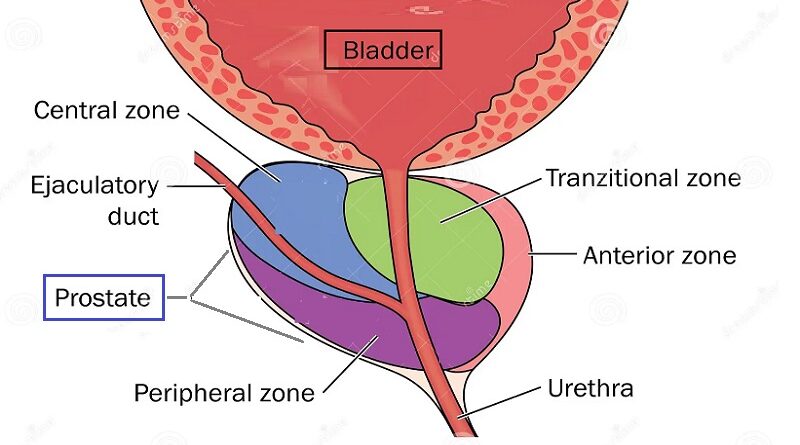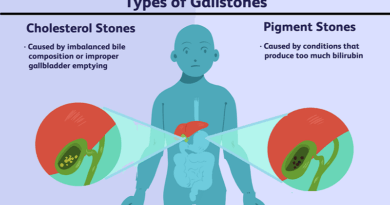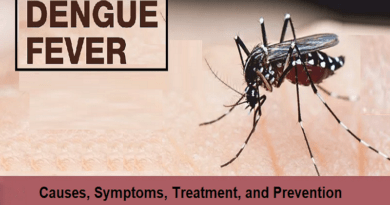Prostate Cancer: Understanding the Silent Battle Within
Prostate cancer is a widely recognized but often misunderstood condition that affects men worldwide. Despite its prevalence, many individuals lack a comprehensive understanding of this disease, its causes, symptoms, and available treatment options. In this article, we will delve into the intricate details of prostatic cancer, shedding light on its nature, risk factors, diagnosis, and management approaches. Join us on this journey as we uncover the mysteries surrounding prostate cancer and empower ourselves with knowledge.
The Prostate: An Integral Part of Male Anatomy
Before delving into cancer, let’s familiarize ourselves with the prostate gland itself. It is a small, walnut-sized gland located just below the bladder and in front of the rectum. It plays a crucial role in the male reproductive system, producing seminal fluid that nourishes and transports sperm.
Prostate Cancer: Unveiling the Silent Enemy
This disease occurs when abnormal cells within the prostate gland start to multiply uncontrollably, forming a tumor. These malignant cells can invade nearby tissues and, in advanced stages, spread to other parts of the body. Often referred to as a “silent killer,” this cancer shows minimal symptoms in some persons, making early detection challenging.
Risk Factors: Who is Prone to Prostate Cancer?
While the exact cause remains unknown, certain factors can increase an individual’s risk of developing the disease, including:
- Age: The risk increases with age, particularly after age 50. It is more common in older men.
- Family History: Individuals with close relatives (father, brother) who have had prostate cancer are at a higher risk. Genetic predisposition maycan play a role.
- Ethnicity: This disease is more prevalent among African-American men and less common in Asian and Hispanic men.
- Lifestyle Factors: A sedentary lifestyle, poor dietary choices, obesity, and smoking maycan contribute to an increased risk.
Symptoms: Recognizing the Warning Signs
In its early stages, prostate cancer often shows no noticeable symptoms. However, as the disease progresses, these signs can indicate its presence:
- Urinary Symptoms: Increased frequency of urination, difficulty starting or stopping urination, weak urine flow, or blood in the urine.
- Sexual Dysfunction: Erectile dysfunction, decreased libido, or painful ejaculation.
- Bone Pain: Due to its spread to the bones it causes persistent pain, particularly in the lower back, hips, or pelvis.
Diagnosis
To confirm This disease, various diagnostic tests are available, including:
- Prostate-Specific Antigen (PSA) Test: A blood test that measures the levels of PSA, a protein produced by the prostate gland. Elevated PSA levels may indicate the presence of cancer, but further investigations are necessary for a definitive diagnosis.
- Digital Rectal Examination (DRE): A physical examination in which a healthcare provider inserts a lubricated, gloved finger into the rectum to feel the prostate for any abnormalities.
- Biopsy: A procedure in which a small tissue sample is extracted from the prostate gland and examined under a microscope to determine the presence of cancer cells.
- Imaging: Ultrasound and MRI.
Treatment Options
The choice of treatment depends on various factors, including the cancer stage, the tumor’s aggressiveness, and the individual’s overall health. The primary treatment includes:
- Active Surveillance: In cases where the cancer is slow-growing and not causing significant symptoms, we closely monitor the disease with regular check-ups.
- Surgery: Surgical removal of the prostate gland, known as a prostatectomy, is recommended for localized prostate cancer.
- Radiation Therapy: High-energy X-rays or radioactive seeds can be used to destroy cancer cells or shrink tumors.
- Hormone Therapy: This treatment aims to reduce the production of male hormones (testosterone) or block their effects, as this cancer is often hormone-dependent.
- Chemotherapy: In advanced cases, chemotherapy drugs are prescribed to kill cancer cells and control the disease’s progression.
SUMMARY:
Prostate cancer remains a significant health concern for men worldwide, but armed with knowledge, we can combat this silent enemy effectively. Understanding the risk factors, recognizing the symptoms, and seeking early detection through regular check-ups are crucial steps in the fight against prostate cancer. Moreover, ongoing research and advancements in treatment options offer hope for improved outcomes and a brighter future. Let us raise awareness, promote education, and empower ourselves and our loved ones in the battle against prostate cancer.
If you suspect that you may have symptoms, Helalmedical can help, offering quick, private, and convenient testing options. You may contact us here: Facebook page.




